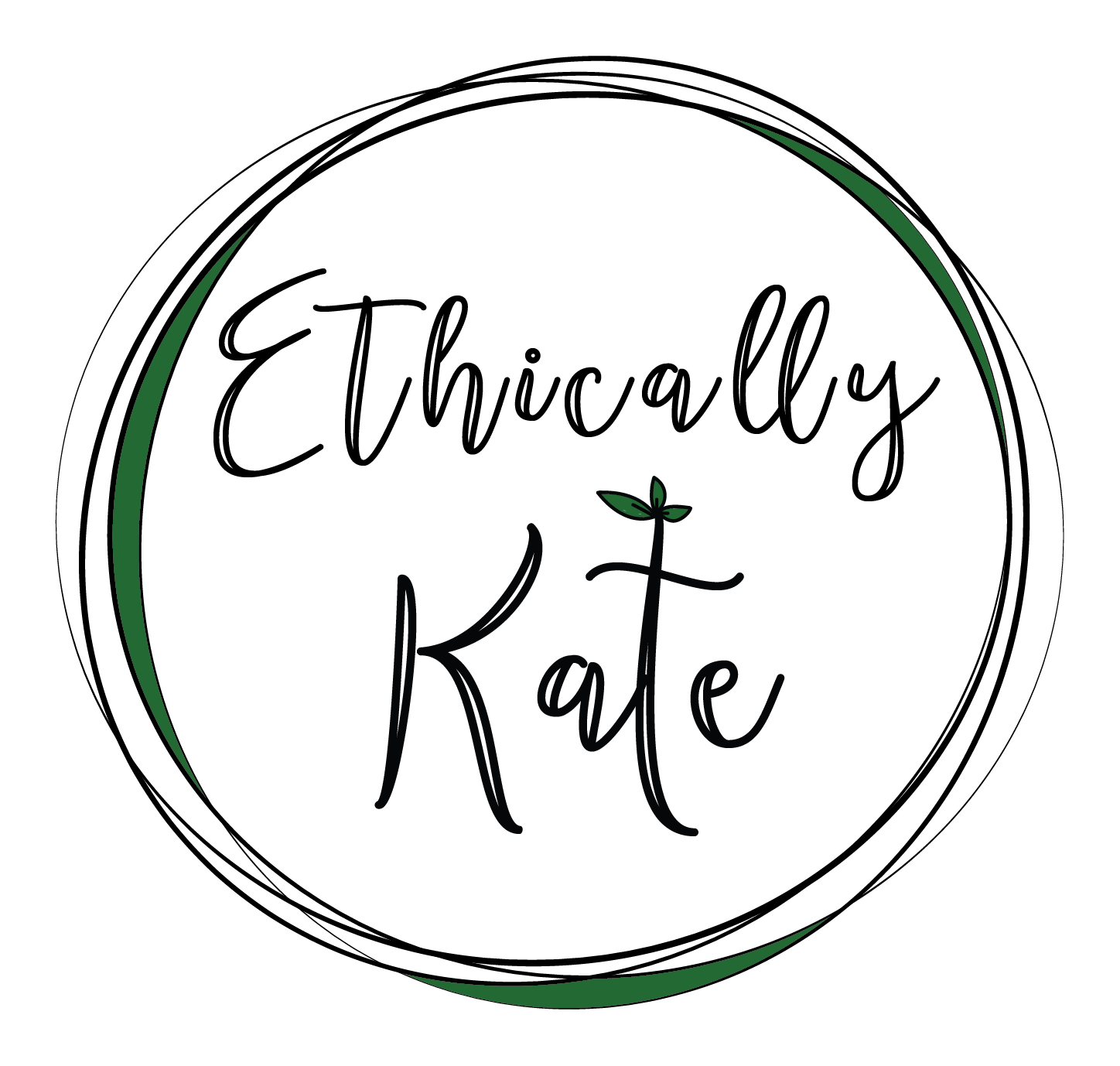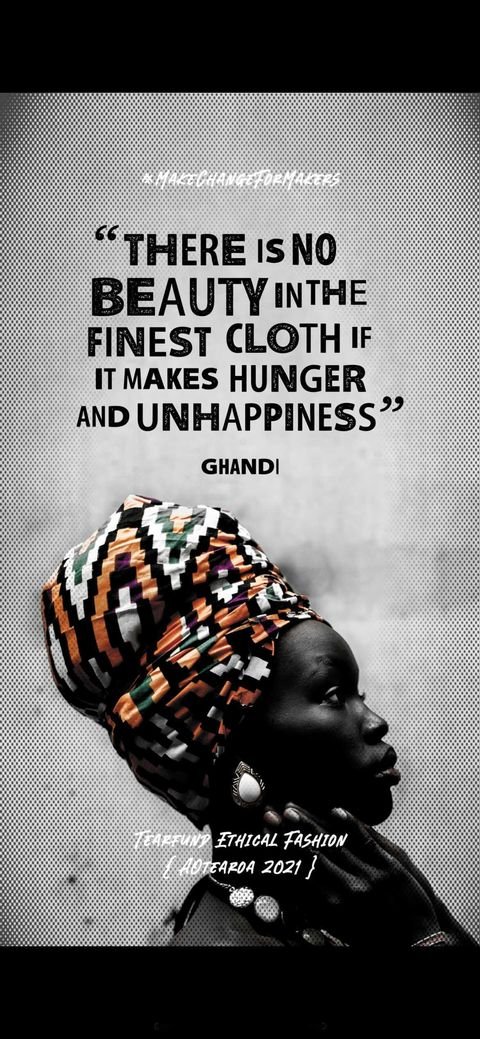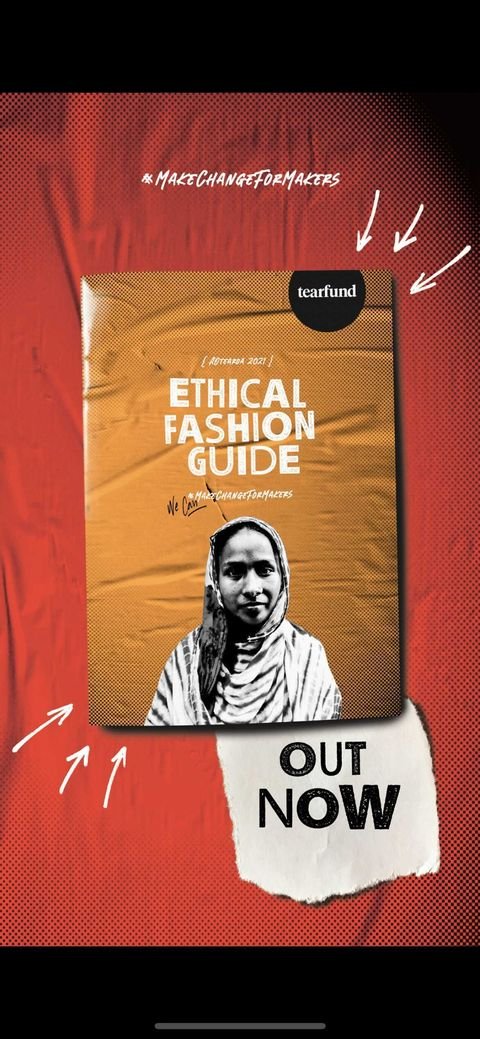I wish I could endorse the Tearfund Ethical Fashion Guide
I wish I could endorse The Tearfund Ethical Fashion Guide.
I love the sentiment behind it, the intentions of reaching a mainstream readership align with my own, and the amount of energy that goes into creating it every year is exceptional. However, in its current form, the guide is a backwards step for the fashion industry.
Consumers are baffled: they’re wondering whether to trust Tearfund or to listen to everyone else who’s saying you can’t buy a t-shirt for $3 without exploiting another human.
Brands are frustrated: if they’re an ethical fashion brand, they’re sad they aren’t included.
The incredible research, the insightful information… it’s all there. But how it is communicated falls short.
I used to think any conversation about the fashion industry, no matter how it was conducted, was a good thing. But after multiple years of seeing the guide mislead consumers and pat brands on the back who don’t deserve it, a few things need to change, or the energy needs to be spent elsewhere.
In 2019, I wrote a blog post critiquing the guide while acknowledging I also don’t have the answers. Two years later, I have taken my conversations with industry professionals and consumers, my discussions with Tearfund, plus my own knowledge of the fashion industry, and come up with three changes that would make the Ethical Fashion Guide ABSOLUTELY something I’d sing from the roof tops and put in everyone’s inbox.
Before I launch into these three recommendations, let’s recap what the Ethical Fashion Guide is:
Primary mission: Hold large companies accountable for their supply chains.
Brands are assessed on 5 key areas (% refers to their weighting):
Policies & governance (6%)
Environmental sustainability (20%)
Tracing & risk (15%)
Worker empowerment (25%)
Supplier relationships & human rights monitoring (34%)
98 companies were included in the Ethical Fashion Guide, representing over 400 companies. Each brand was rated (using the 5 key assessment areas above) A+ through to F.
A+ Industry Leader (75%+)
A Good Practice (50-74%)
B Above Average (33.6-49%)
C Below Average (20-33.59%)
D Well Below Average (5-19%)
F Barely Started (<5%)
How are brands chosen to be included?
A revenue threshold was used to determine which brands would be included. Companies in Aotearoa New Zealand with more than 30 million in revenue, and international companies with more than 50 million were included by default. Any other companies who wanted to be included were asked & encouraged to apply; they could ‘opt in’ to being part of the research.
What did the research process entail?
Many of the companies rated in the guide, participated in the research process actively. This means the Tearfund team assessed publicly available materials, and requested additional responses and evidence from the brand. “A YES/PARTIAL/NO grading system was employed for most questions and was applied with reference to evidence thresholds set out in a detailed Survey Support Document provided to all companies at the start of the research period. Some questions (e.g. percentage of supply traced) used a percentage figure to award credit. Companies receive credit based on the evidence they provide.”
Companies with an asterisk (*) chose not to participate. In these cases, only publicly available information was used to determine the rating.
There was a small number of companies who were unresponsive to Tearfund, opted out of participating, or had little to no information available to the public. These were identified with a ‘i’ in the guide. In most of these cases, only 20% of the survey questions were able to be answered (meaning their grade may not reflect their business practices because of the brand’s lack of transparency).
Note: The Tearfund Ethical Fashion Guide and the Baptist World Aid Ethical Fashion Guide use the same data/reporting.
The main confusion around the guide is its purpose. Most people don’t understand that this is a rating system for large companies. I realise this is an easy mistake to make when it’s called the “Ethical Fashion Guide”. Other people are confused because small ethical fashion companies are sitting on the guide next to large fashion giants and running business in a totally different way. The only current benefits I see from the guide are small changes from the brands who actively participate in the research process and push themselves to be better - it was great to hear that 40% of companies have improved their score since 2019.
Again, I am all for the mission of this guide. I believe we need to focus on influencing large companies and educating mainstream consumers in order to make actual change in the fashion industry. A guide for those who are new to the term ‘ethical fashion’ and who shop at malls, is needed. I think that’s what makes me so disappointed; I see the potential and the need, but watch a great opportunity be missed.
I wish I could endorse the Ethical Fashion Guide. I would be their biggest supporter if these three things were changed.
My suggestions for change:
1. Change the name.
This guide is not an Ethical Fashion Guide. It's a guide to the best of the worst; it's a helpful tool for navigating consumption when you're at a mall, when you're new to ethical fashion, when you're only able to shop the mainstream brands (for any reason - including the size, cost & accessibility restrictions). Let's call it the "Good Fashion Guide". Let's call it what it is! If the name changed, consumers would no longer have to decide whether to trust me when I say you cannot buy an ethically made shirt for $3, or to trust Tearfund when they give H&M an A rating. They’d understand this guide guides ‘better’ consumption (not ‘best’) is a just the start of a broader conversation to ethical fashion.
2. Small ethical fashion brands should be excluded.
Tearfund's primary purpose of the guide is to "hold larger companies accountable for their supply chains." Including ethical fashion companies sounds lovely and inclusive, but it's muddying the waters and adding to confusion. Guides are most helpful when they have a clear purpose. Currently, the small handful of small ethical brands that are included, add to the bewilderment and make ethical fashion brands who aren't included (because they didn't apply to be part of it and had no clue they could), feel left out.
3. Include over production and marketing strategy as a key section in the guide.
We know that the amount of clothes produced is a key contributing factor to terrible workplace conditions and unfair pay. The faster we demand clothes, the more workers are forced to work overtime and push themselves to limits so person should have to. We also know that the world consumes approximately 8 billion pieces of clothing a year, while the average person throws away 23kgs of clothing a year too (on average). The more clothes are produced, the more waste is created and the more we strip our planet of finite resources. I’d like to suggest that the frequency of collections and the way a brand markets themselves to the public (e.g. daily emails telling us to consume MORE) must be higher up the hierarchy and hold more weight in the rating process.
From here, I encourage you to read the full Tearfund Ethical Fashion Report to find out more information about each brand rated and the fashion industry in general, and urge your favourite fashion brands to do better! The fashion industry needs to change, and as people who wear clothes, we have a brilliant opportunity to be part of making that change happen.



